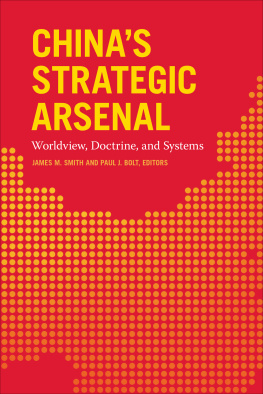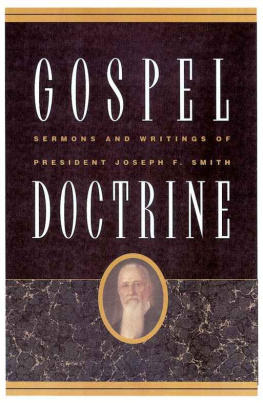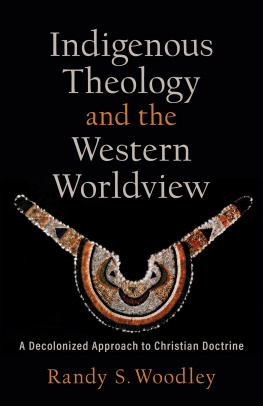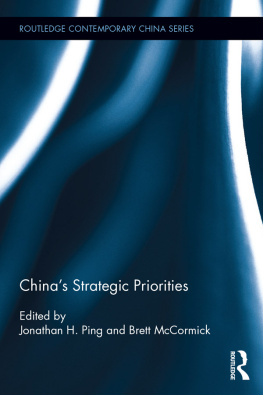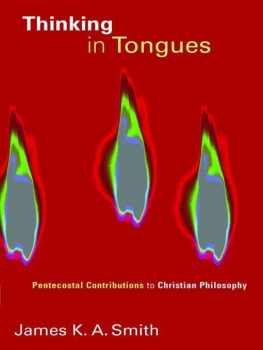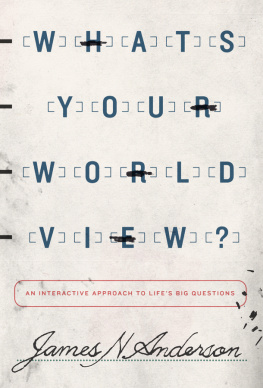2021 Georgetown University Press. All rights reserved. No part of this book may be reproduced or utilized in any form or by any means, electronic or mechanical, including photocopying and recording, or by any information storage and retrieval system, without permission in writing from the publisher.
The publisher is not responsible for third-party websites or their content. URL links were active at time of publication.
Library of Congress Cataloging-in-Publication Data
Names: Smith, James M., 1948 editor. | Bolt, Paul J., 1964 editor.
Title: Chinas strategic arsenal : worldview, doctrine, and systems / James M. Smith, Paul J. Bolt, editors
Description: Washington, DC : Georgetown University Press, 2021. | Includes index.
Identifiers: LCCN 2020029093 | ISBN 9781647120788 (hardcover) | ISBN 9781647120795 (paperback) | ISBN 9781647120801 (ebook)
Subjects: LCSH: Nuclear weaponsChina. | ChinaStrategic aspects. | ChinaMilitary policy. | ChinaForeign relationsUnited States. | United StatesForeign relationsChina.
Classification: LCC U264.5.C6 C637 2021 | DDC 355.8/251190951dc23
LC record available at https://lccn.loc.gov/2020029093

This book is printed on acid-free paper meeting the requirements of the American National Standard for Permanence in Paper for Printed Library Materials.
222198765432First printing
Printed in the United States of America
Cover design by Erin Kirk
Interior design by BookComp
We dedicate this book to all of our students
in the hope that they may serve well
and successfully move forward
into the future.
Introduction
Chinas strategic capabilities and doctrine have historically differed from the United States and Russias. China has maintained a smaller nuclear arsenal than eithers, as well as a policy of no first use (NFU). Nevertheless, China has continued to modernize and expand its nuclear arsenal even while Russia and the United States have decreased their deployed weapons stocks. Moreover, the global strategic environment is changing. Chinas economic influence, military power, and diplomatic clout are advancing at a rapid pace, accompanied by deepening authoritarianism, assertive claims to neighboring seas, and fierce competition with the United States over the development of new technologies. The US-Chinese relationship at the time of this writing has been further fractured by disputes over coronavirus and the status of Hong Kong, to the point where the two states may have descended into a new Cold War. In this context many analysts and policymakers are calling for a fundamental rethinking of the Wests policies toward China because the current world order is increasingly being challenged. In the past two years several senior US military and government officials have publicly stated that they see China as the primary military threat to the United States before midcentury.
In this context it is imperative to better understand Chinas strategic weapons systems, the doctrines guiding their use, and Chinese perceptions of what makes for a stable environment. This understanding is central to Americas security and will enable us to strive for a stable strategic future with China and prevent misunderstandings over strategic weapons. Such misunderstandings could further strain the Sino-US relationship and perhaps lead to tragic results.
This volume analyzes China as a strategic power, not just a nuclear power. While nuclear weapons are the backbone of strategic power, various security concepts, force structures, and weapons platforms can have strategic military effects. Broader strategies and structures, even those extending beyond the traditional military dimension, can also extend and amplify strategic effects. This book provides an overview of Chinas strategic world, including Chinas own interpretation of the political context, its strategic weapons capabilities, its doctrines, and its perception of requirements for stability.
BOOK OVERVIEW
The authors in this volume were selected from among the leading thinkers in their fields; they were asked to relate recent developments, current statuses, and anticipated future directions in their focus areas. They also were asked to provide analysis from a Chinese perspective. These authors are not Chinesethey hail from the United States, Japan, and Australiabut they study Chinese behaviors and developments; many travel regularly in China; some speak, read, and research in Chinese; and several participate regularly in semiofficial dialogues with Chinese counterparts. They do not represent any one political or ideological perspective and sometimes an issue is interpreted differently. No attempt was made to normalize positions or present a uniform interpretation. This is a pivotal time in Sino-US relations and honest, expert analysis is what is most needed. Readers should note that these chapters were drafted one year into the 201721 Donald Trump administration, and only minor updates have been possible since that early drafting. However, the underlying context and analytical foundations presented here remain valid.
provides historical context for understanding the changing nature of the Sino-US relationship and crucial background information for understanding strategic developments in China.
In Andrew Scobell provides essential context for examining Chinas geopolitical worldview, giving an overview of its resulting grand strategy and introducing key fundamentals of Chinas strategic doctrine. Scobell establishes the supremacy of the inner sanctuary of China and the roles of the concentric rings of security surrounding it, as well as Chinese views of how the United States challenges Chinese security in each of the nested rings. He suggests how nuclear weapons are viewed within this construct and summarizes a grand strategy of national rejuvenation, including the countrys major economic and military objectives and how challenges from the United States are being addressed. This approach to grand strategy is consistent with a holistic strategic doctrinediplomatic, economic, political, and militarythat today also includes a local war dimension. Within that doctrinal focus, deterrence, which was once seen as a negative concept of nuclear coercion by the nuclear superpowers, is now accepted as a core element that has both global and regional components. Finally, Scobell introduces the key concept of active defense, as it raises questions about the role of preemption and the Chinese definition of NFU, two issues dealt with in subsequent chapters.
With the stage set within the context of Chinas strategic self-image of its place in the region and the world, in Christopher Twomey turns to examine Chinas nuclear doctrine and deterrence concepts within its evolving strategic environment. Twomeys analysis establishes Chinas longstanding strategic thought and its current expression: from the tradition of limited deterrence via reliance on a small number of countervalue retaliatory strikes to the broader doctrine of nuclear weapons that suggests changes in Chinese thinking. In so doing Twomey examines important issues of doctrine and policy that are today being reexamined in light of changes in perceived threats and emerging Chinese capabilities: NFU, local/regional/integrated war, and escalation-management imperatives. These and other issues hold critical importance for US policy and strategy.

 This book is printed on acid-free paper meeting the requirements of the American National Standard for Permanence in Paper for Printed Library Materials.
This book is printed on acid-free paper meeting the requirements of the American National Standard for Permanence in Paper for Printed Library Materials.
